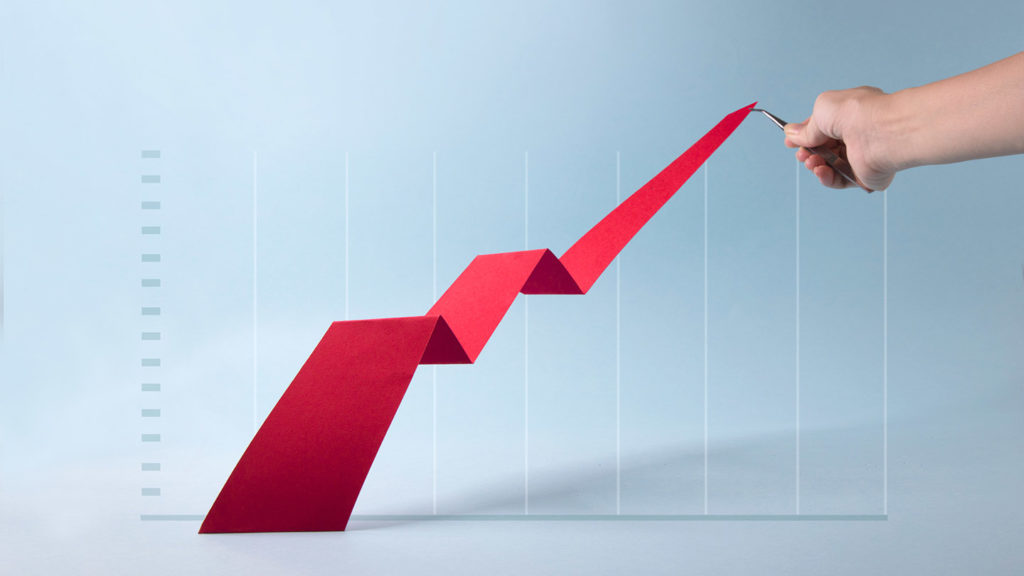
A national collaborative is advocating for the adoption of the Elder Index to better understand the true costs of aging in the United States and to prompt policies to improve standard-of-living measures.
The National Council on Aging’s Equity in Aging Collaborative is planning to use the Elder Economic Security Standard Index, developed by researchers at the Gerontology Institute at the University of Massachusetts–Boston, to influence policies that affect older adults, including Medicare, Medicaid, taxes, food assistance and housing support.
SAGE, the SCAN Foundation and the Urban Institute are among the 25 aging organizations that make up the collaborative.
NCOA President and CEO Ramsey Alwin told Forbes that the goal of the collaborative is to “fuel a robust dialogue about the trust cost of Aging in America, which remains underappreciated.”
The Elder Index is a measure of the income older adults need to meet their basic needs and age in place with dignity. It includes costs of housing, healthcare, transportation, food and other essentials.
More than half of older women and 45% of older men who live alone are classified as poor under federal poverty standards, or they have insufficient incomes to pay for essential expenses, according to The Hill.
Eligibility for federal safety net programs — including Medicaid, food stamps and housing assistance — for older adults is based on federal poverty standards. Those standards have been criticized for not including geographic variations in older adults’ cost of living or medical expenses, according to Forbes.
According to 2021 national averages calculated by the Elder Index, single older adults paying rent need $27,096 for basic expenses, an amount that is $14,100 above the federal poverty threshold of $12,996.
Additional stressors from the pandemic and inflation have led to even more older adults struggling to make ends meet, according to Alwin. And the pandemic resulted in the highest unemployment rates for adults 55 and older in almost half a century.
“Inflation is decimating the little financial security older adults might have coming out of the pandemic. But even before that, the federal poverty level failed to reflect older adults’ real needs to age with dignity,” Alwin said in a statement announcing the collaboration last month. “The Equity in Aging Collaborative will work to ensure that the programs millions of people rely on actually keep pace with the costs of aging in America.”


